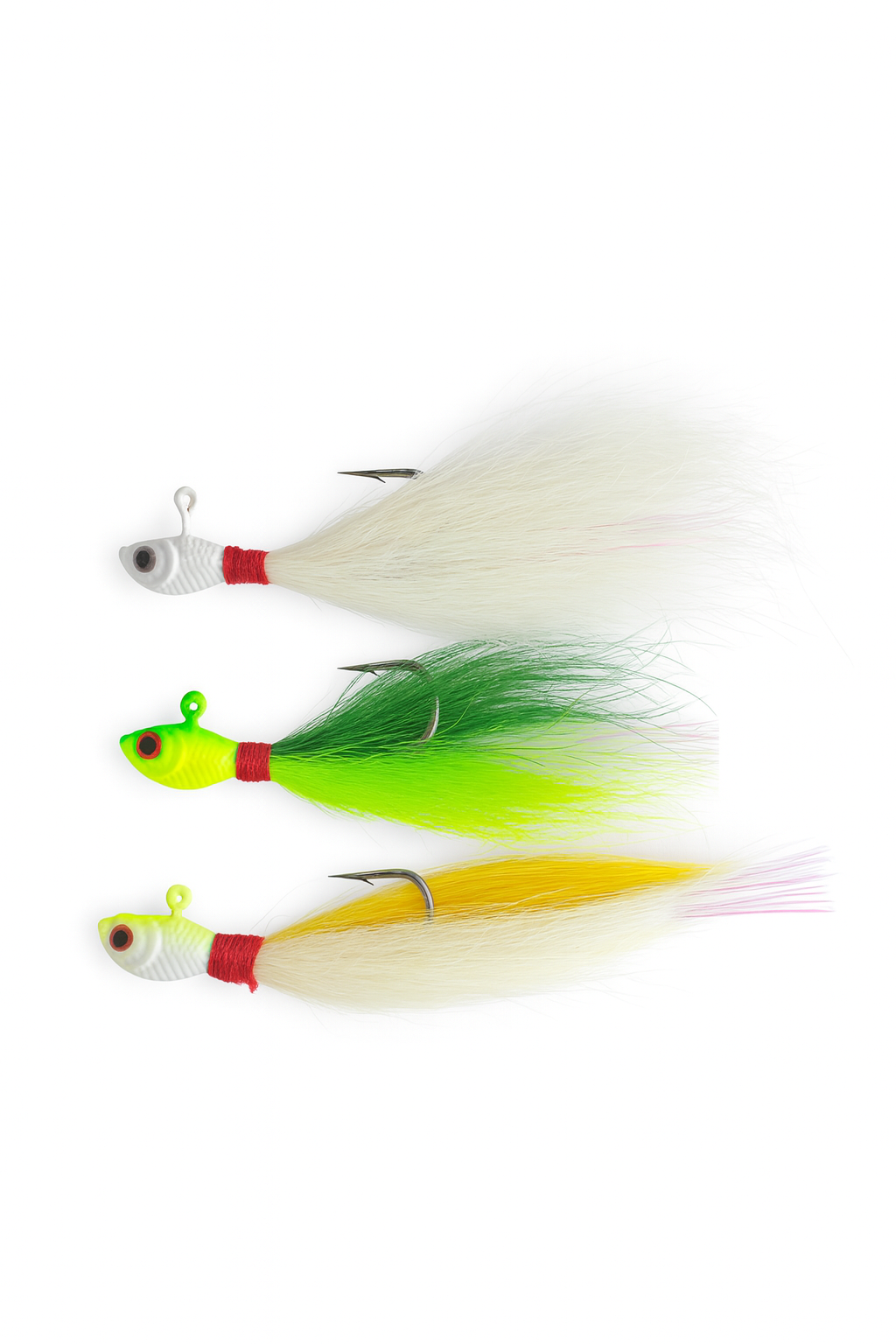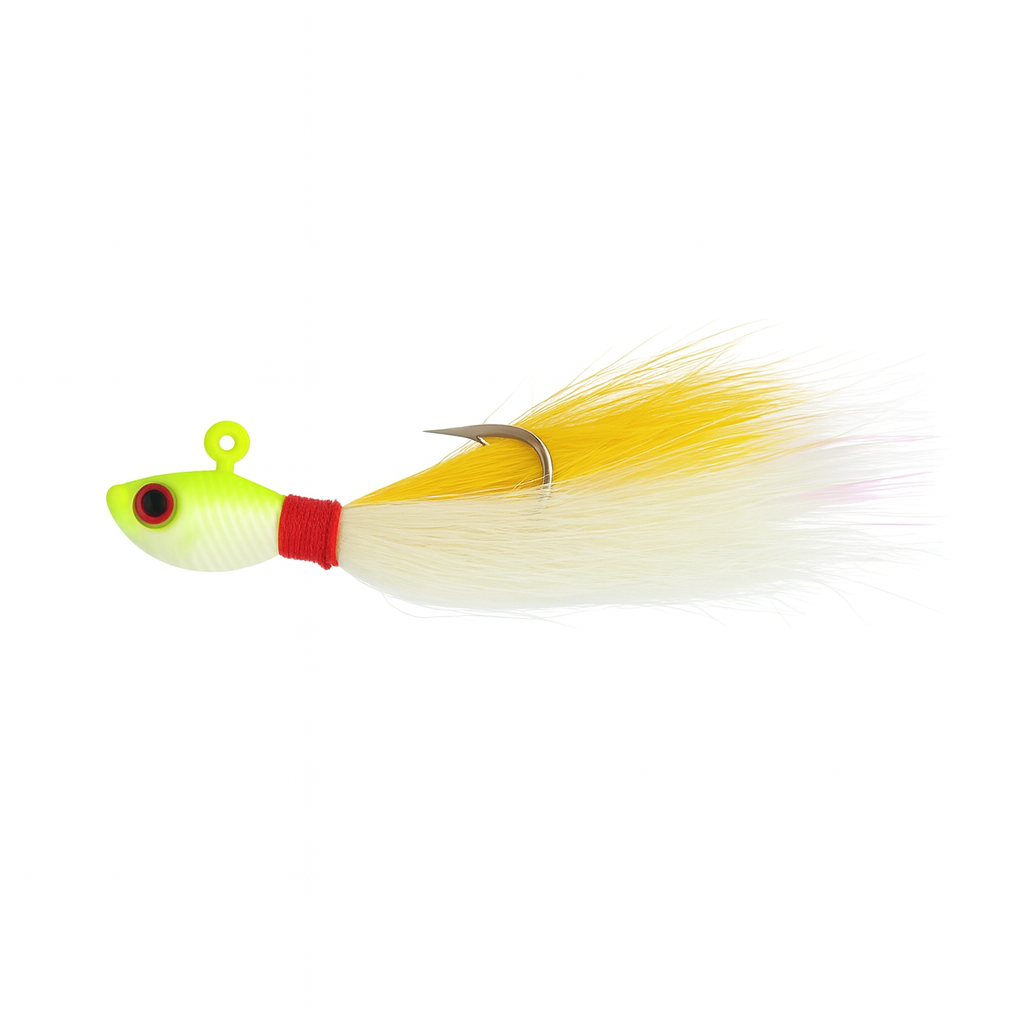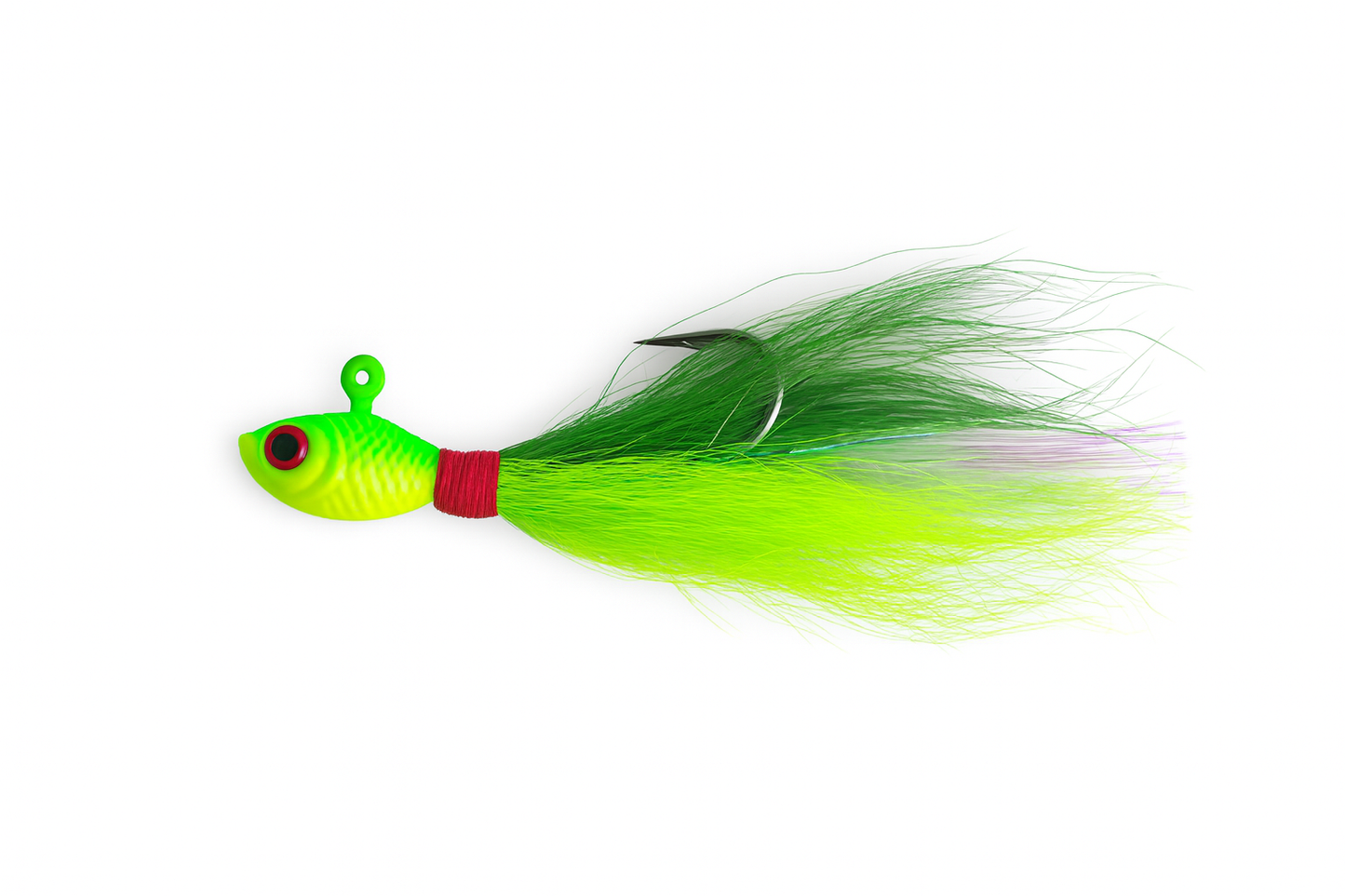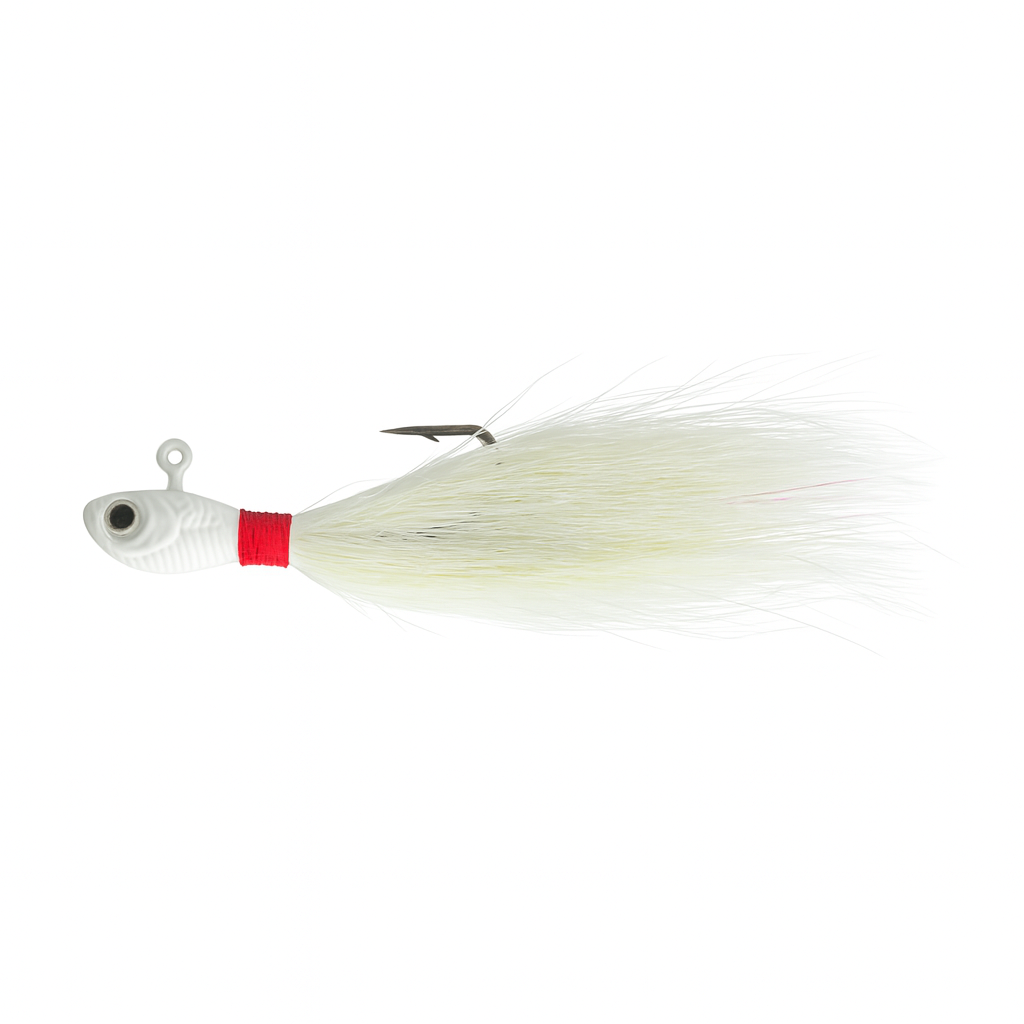How to Use Slow Pitch Jigs to Catch Snapper and Grouper in Southwest Florida
Share

Slow pitch jigging is quickly becoming one of the most effective ways to target hard-fighting offshore species like snapper, grouper, amberjack, and tuna across the Gulf of Mexico and Florida’s coastlines. Unlike traditional vertical jigging, which relies on heavy lifts and fast retrieves, slow pitch jigging uses a more controlled and rhythmic motion that allows your lure to flutter naturally through the water. This subtle presentation is what triggers reaction bites from fish holding near structure or suspended in the water column.
To start, choose a slow pitch jig that matches your depth and current. In Southwest Florida, a 60g or 80g saltwater jig is perfect for fishing wrecks and reefs between 70 and 150 feet. Drop the jig straight down to the bottom, then use a slow, steady rhythm on the reel — one half-turn per lift. Each lift makes the jig flutter, flash, and fall like a wounded baitfish. Most strikes happen as the jig drops, so always stay connected with your line. The key is control, not speed.
For snapper and grouper, focus near the bottom. Drop the jig until you feel it touch, reel up a few cranks, and begin a slow pitch rhythm to keep it in the strike zone. Red grouper and mangrove snapper love a fluttering lure right off the bottom. If you’re targeting amberjack or tuna, work the jig higher in the water column. Amberjack often cruise 30 to 60 feet above the structure, while tuna and bonito hit mid-depth as the jig free-falls.
Use a light to medium rod specifically designed for slow pitch jigging — something with a parabolic bend and soft tip. Pair it with a high-speed reel spooled with 20–30 lb braid and a 30–40 lb fluorocarbon leader. This setup gives you the sensitivity to feel subtle hits and the strength to fight big fish.
Color and finish matter more than most anglers realize. Bright colors like chartreuse, pink, and silver are excellent in clear water or sunny conditions, while glow jigs shine in deeper or low-light conditions. Tuna and amberjack are drawn to fast flashes, while snapper and grouper prefer a slow flutter that stays close to the reef. Switching colors throughout the day can help match changing light and water clarity.
Another important detail is boat positioning. Slow pitch jigs work best when they stay vertical in the water. If your drift is too fast, your jig will angle away and lose its fluttering action. Use your trolling motor or current to keep the line straight under the boat. Drop the jig, let it fall, then use controlled lifts to create that slow, dancing motion. Every drift should last a few minutes — reel up, reset, and drop again.
When you get a strike, resist the urge to set the hook hard. Instead, smoothly lift and let the rod absorb the shock. The assist hooks do their job best with steady pressure. Many anglers are surprised at how solidly slow pitch jigs hook fish — once you find the rhythm, it becomes almost effortless.
Slow pitch jigging is one of the few techniques that can consistently catch multiple species on the same trip. Snapper, grouper, amberjack, and even tuna all respond to the same lure with only minor changes in presentation. It’s a fun and active style of fishing that gives you constant feedback through your rod.
Outshore Gear’s 60g and 80g slow pitch saltwater jigs are designed for these exact situations. Each jig comes pre-rigged with an assist hook, balanced for a natural flutter, and built with a durable glow finish that holds up to repeated drops on Gulf wrecks and reefs. Whether you’re working the bottom for red grouper, fluttering through suspended snapper schools, or chasing blackfin tuna offshore, these jigs deliver proven results.
The next time you head offshore from Sanibel or Pine Island, leave the bait at home and drop a slow pitch jig instead. It’s cleaner, faster, and often far more productive. Once you feel that first strike on the fall, you’ll understand why slow pitch jigging is taking over the saltwater fishing world.
Check out our selection of slow pitch jigs at Outshore Gear and get ready to catch more fish — one flutter at a time.





